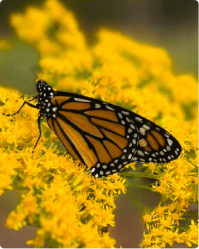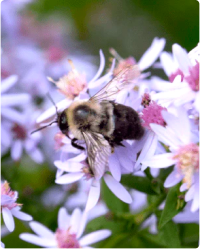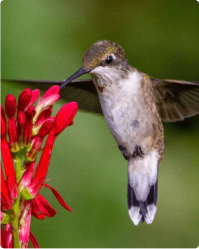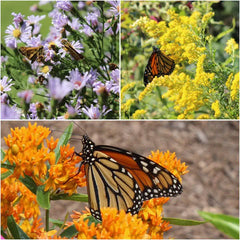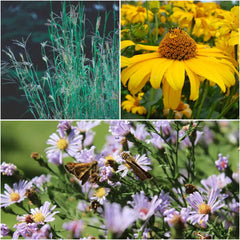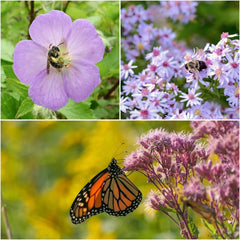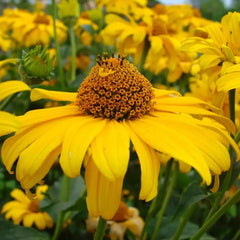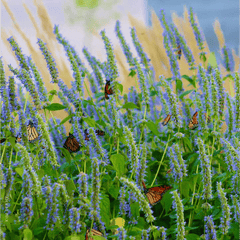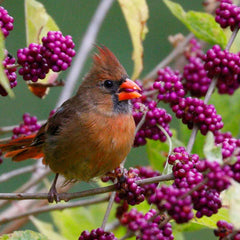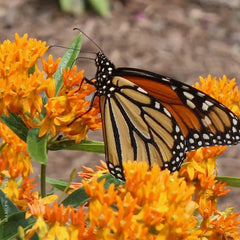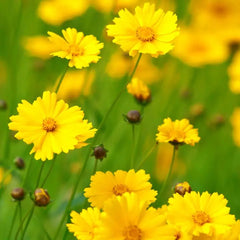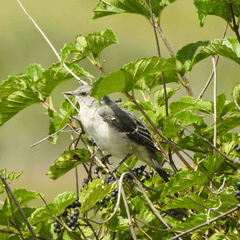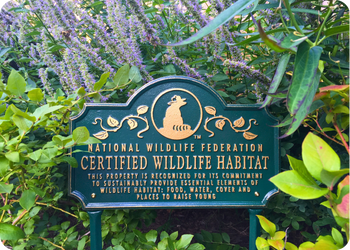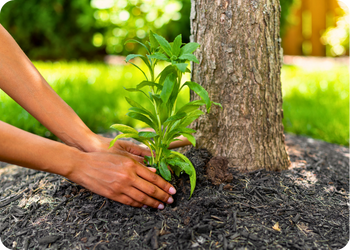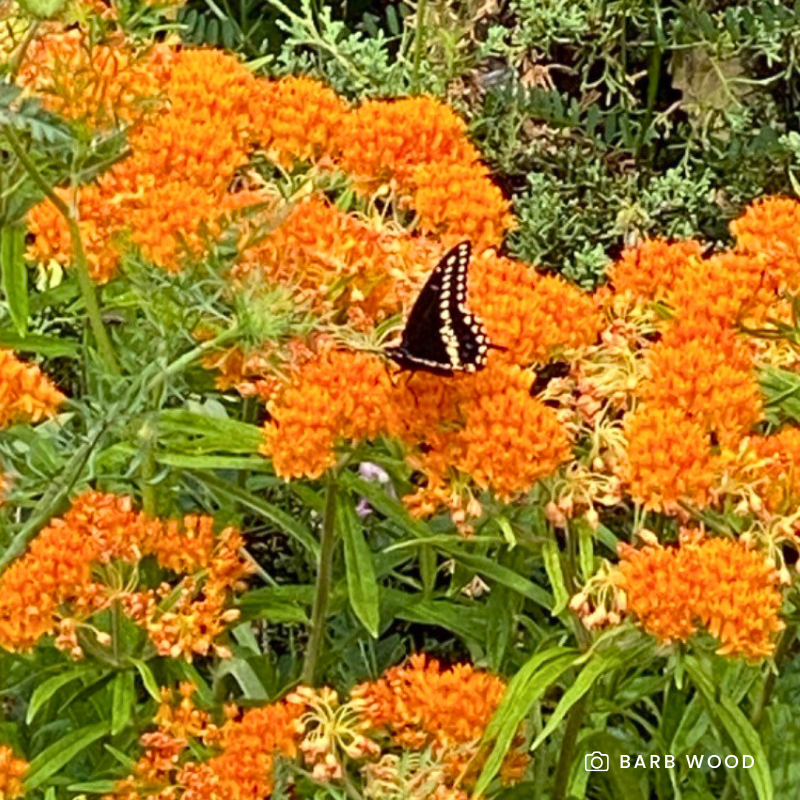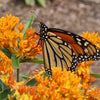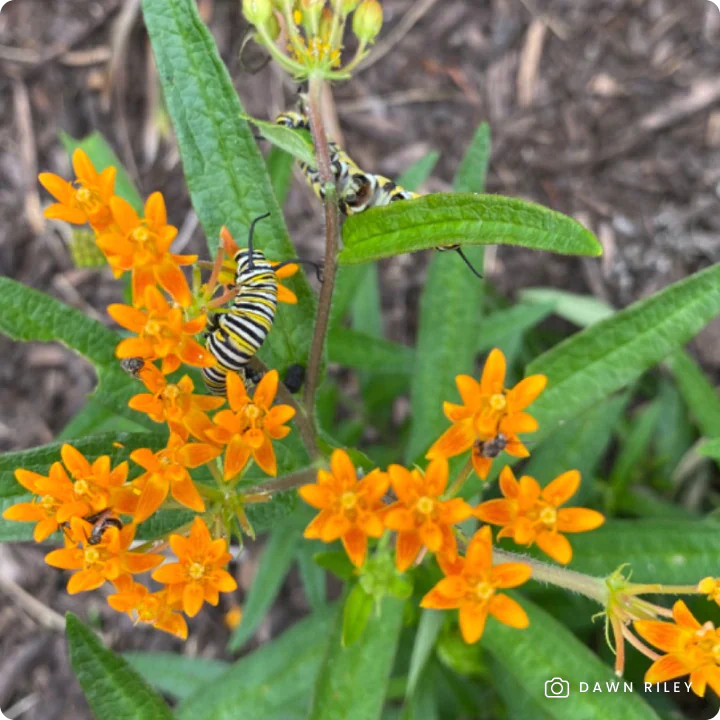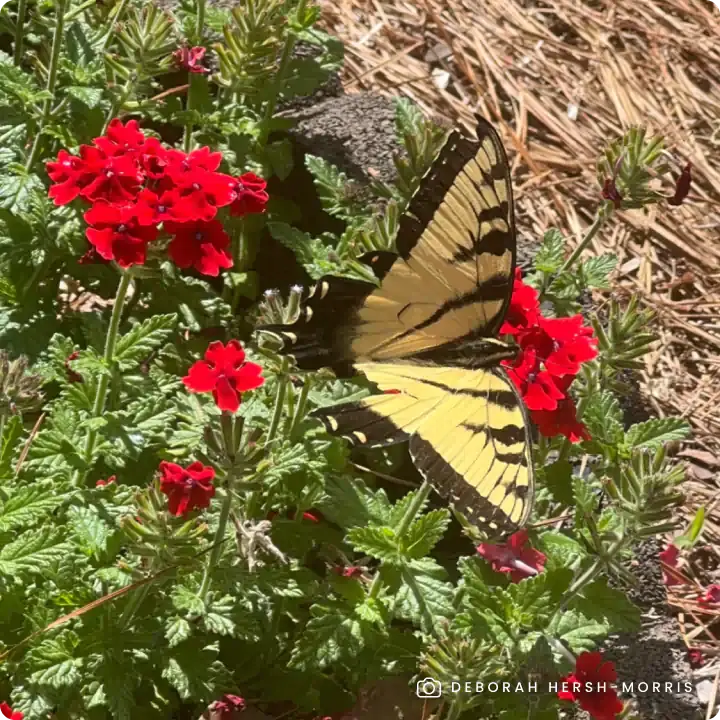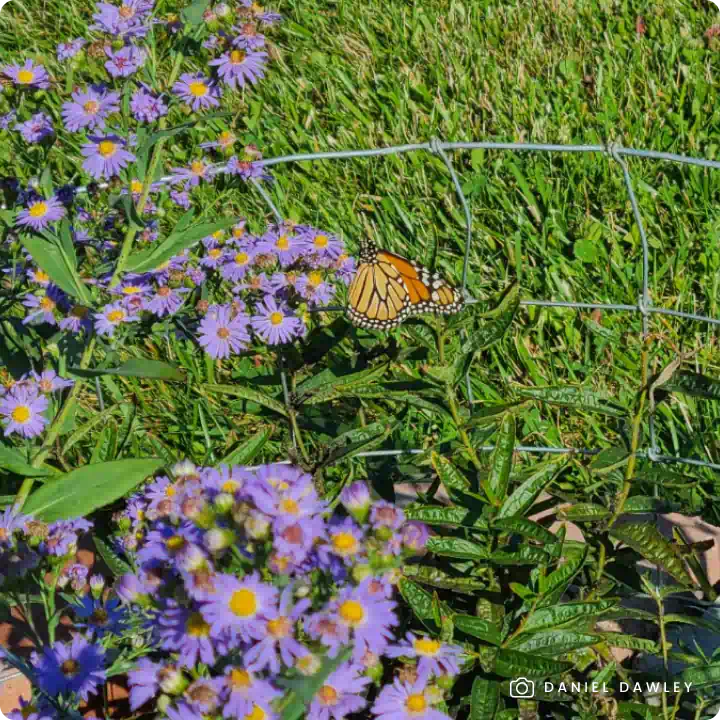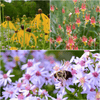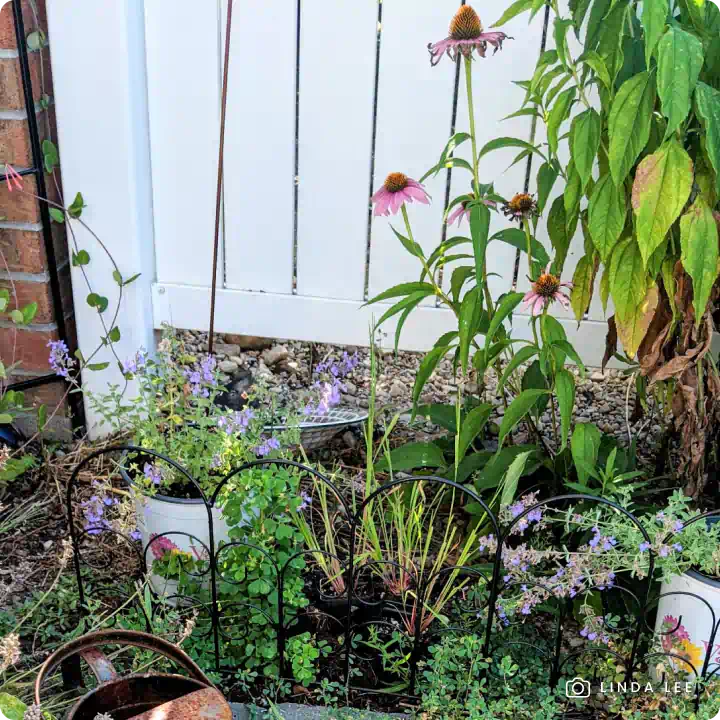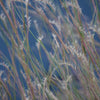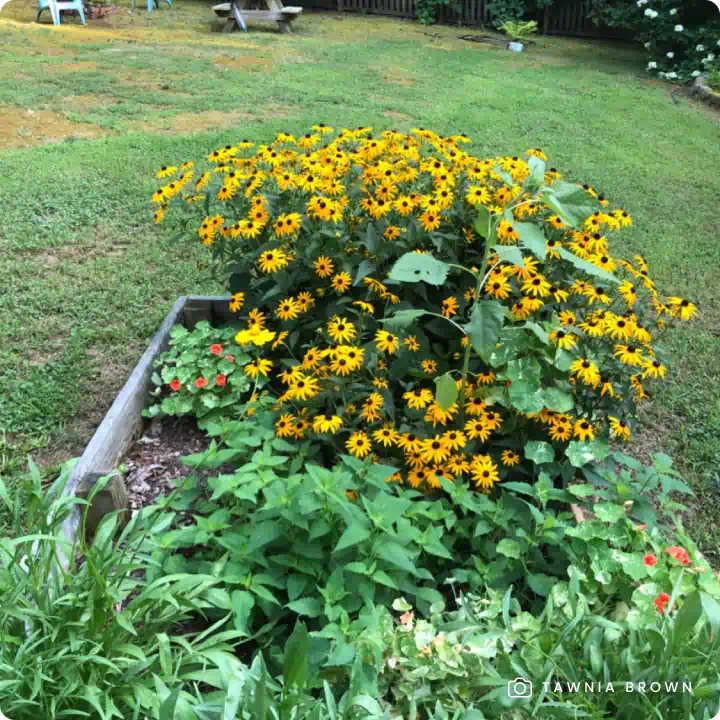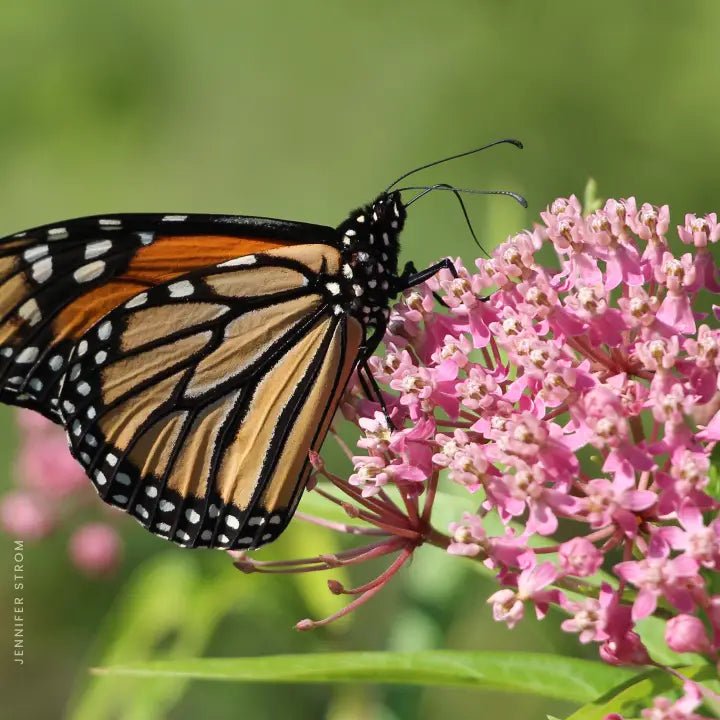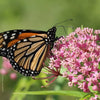Virgin’s Bower (Clematis virginiana), also known as devil's darning needle or old man's beard, is a vigorous and versatile deciduous climbing vine that adds charm and ecological value to your landscape. Found naturally along streambanks, woodlands, and meadows, this adaptable vine produces clusters of small, fragrant white flowers from July to September, followed by silky, feather-like seed heads that provide striking winter interest.
Key Features:
- Fragrant Blooms: Clusters of small, white flowers emit a delicate fragrance, brightening your garden in mid to late summer.
- Winter Interest: Silky seed heads persist through winter, adding beauty to your garden in the colder months.
- Pollinator Magnet: Attracts butterflies, hummingbirds, bees, and moths, supporting a variety of pollinators throughout the season.
- Host Plant: Serves as a host for the clematis clearwing moth (Alcathoe caudata), providing essential nourishment during its larval stage.
- Rapid Growth: Vigorous vine reaches 10–20 feet, ideal for covering trellises, fences, arbors, or naturalizing in wild areas.
- Adaptable: Thrives in full sun to partial shade and prefers moist to medium, well-drained soils.
- Eco-Friendly: Grown non-GMO and free of harmful neonicotinoids, promoting a healthy ecosystem for pollinators and wildlife.
Available in sets of three, six, or 12 plants to suit gardens of any size.
Why Choose Virgin’s Bower?
Virgin’s bower combines aesthetic appeal with ecological benefits, making it a perfect choice for pollinator-friendly and wildlife-supporting gardens. Its rapid growth and fragrant blooms make it a showstopper on structures like trellises and fences, while its ability to attract and support pollinators ensures your garden contributes to local biodiversity.
Planting Tips:
- Location: Plant in full sun to partial shade with moist to medium, well-drained soils.
- Watering: Water regularly during the first growing season to establish roots. Once established, it tolerates occasional dry spells.
- Maintenance: Provide sturdy structures like trellises or fences for climbing. If needed, prune in late winter or early spring to encourage healthy growth and maintain shape.
For more information on planting, view our How to Plant Your Native Plants guide and other planting tips in the Garden for Wildlife Learning Center.
Add the timeless elegance and ecological benefits of virgin’s bower to your garden. Whether used to adorn vertical structures or enhance naturalized spaces, this fragrant climbing vine will bring beauty and support pollinators year-round.
